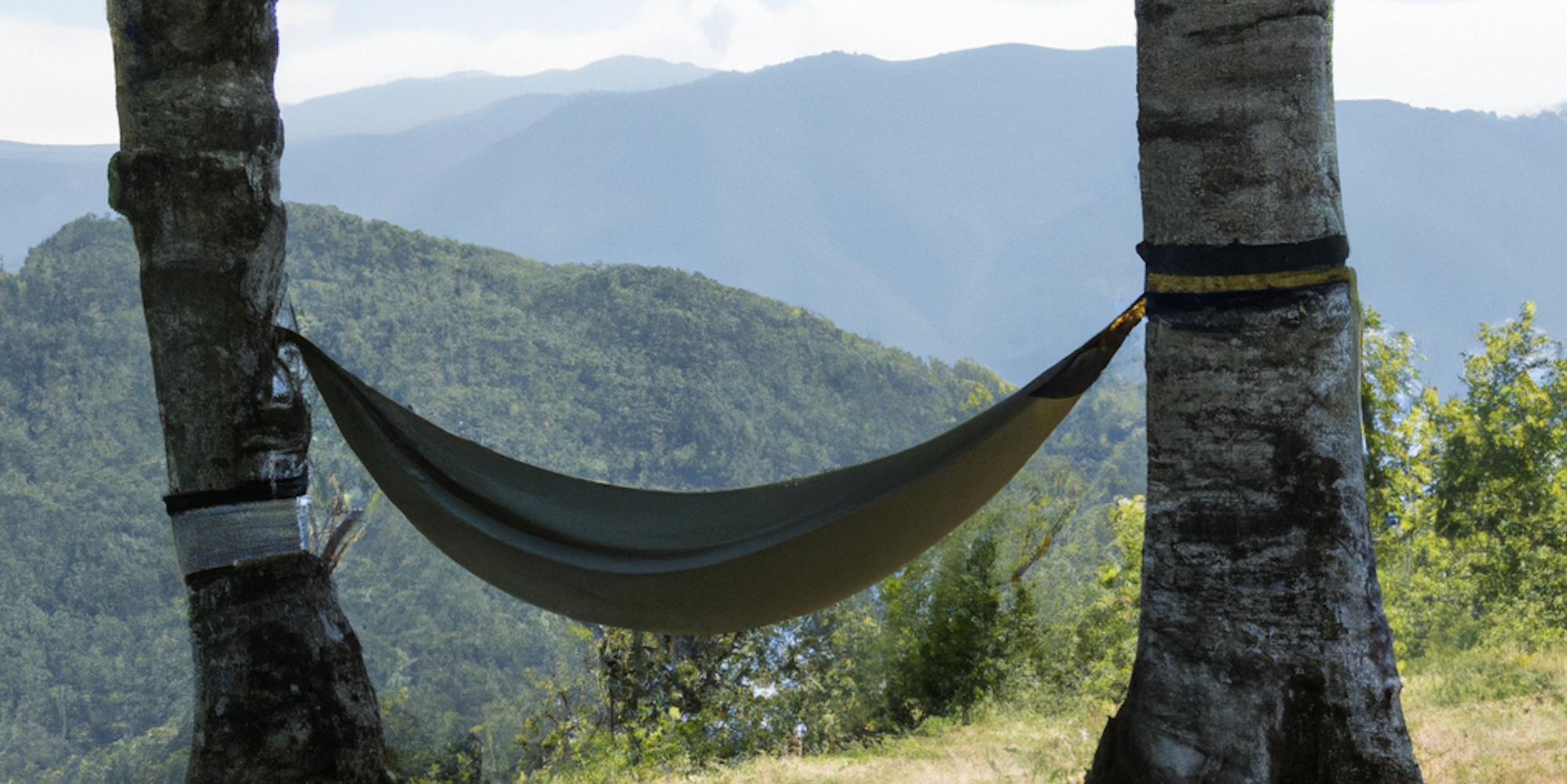Table of Contents
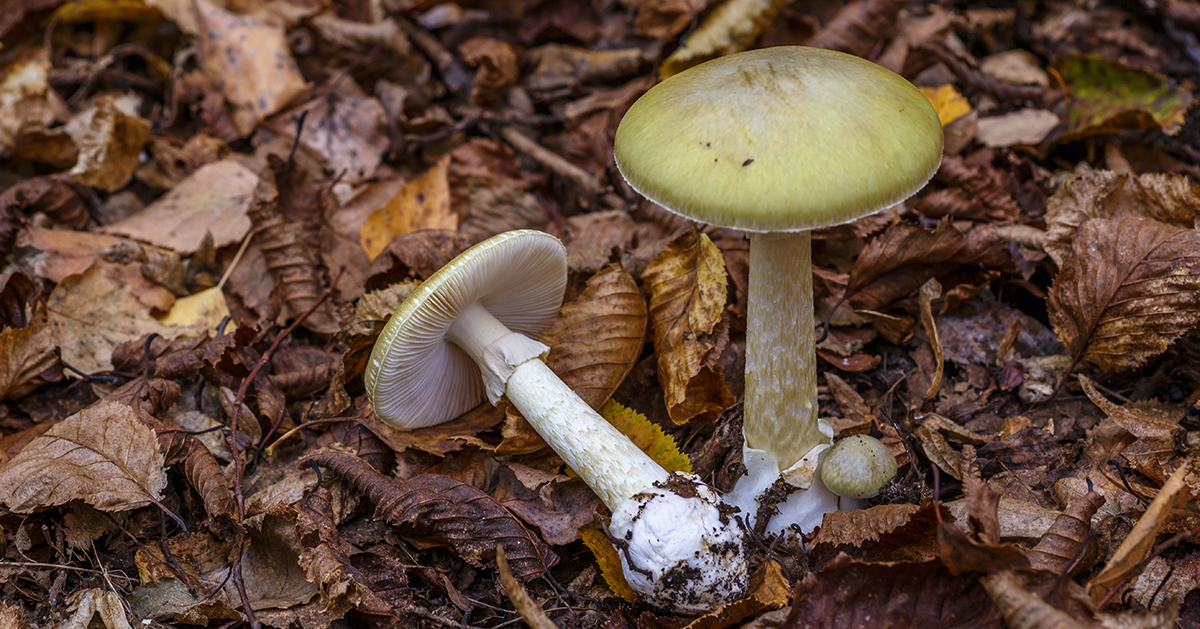
The 5 Most Toxic Mushrooms in North America
Only a tiny percentage of the 14,000+ species of mushrooms across the world are toxic, and even fewer are deadly. However, some of these poisonous mushrooms are quite widespread, even common in locations across North America. Before you head out into the woods mushroom foraging, read up on these toxic mushrooms, so you know what to avoid. The key to a long and healthy life as a forager is knowledge!
Death Cap (Amanita phalloides)
As the most toxic mushroom globally, the Death Cap is aptly named. It existed only in Europe but hitched a ride with imported trees and is now found worldwide. Over time, Death Caps adapted to native trees, enhancing their ability to spread.
These unassuming-looking mushrooms have tinted green caps, white stems, white gills, and a white partial veil. It grows around oak, beech, chestnut, birches, hornbeams, spruce, and pine. Death Cap fruits in summer through fall underneath these trees.
Death Cap mushrooms account for more than 90% of all the poisonings and fatalities around the globe. The main toxin in Death Caps is amanitin, which assaults the kidneys and liver. Besides being deadly, Amanita phalloides are also tricky.
The first signs of illness are dehydration, abdominal pain, vomiting, and diarrhea. This may happen as soon as six hours but usually takes 36 hours or more. Then, the symptoms subside for 24 – 72 hours, giving a false sense of recovery. By day 4 or 5, the organs begin to shut down, bringing on seizures, coma, and eventually death. Even if a person gets treatment in time, they usually need a kidney or liver transplant. Fifty percent of poisonings result in death.
Eating just half a Death Cap is enough to kill a person. No amount of boiling, cooking, or preparation will make the Death Cap safe to eat. Approximately one person dies each year of Amanita phalloides poisoning in North America.
Destroying Angel (Amanita bisporigera)
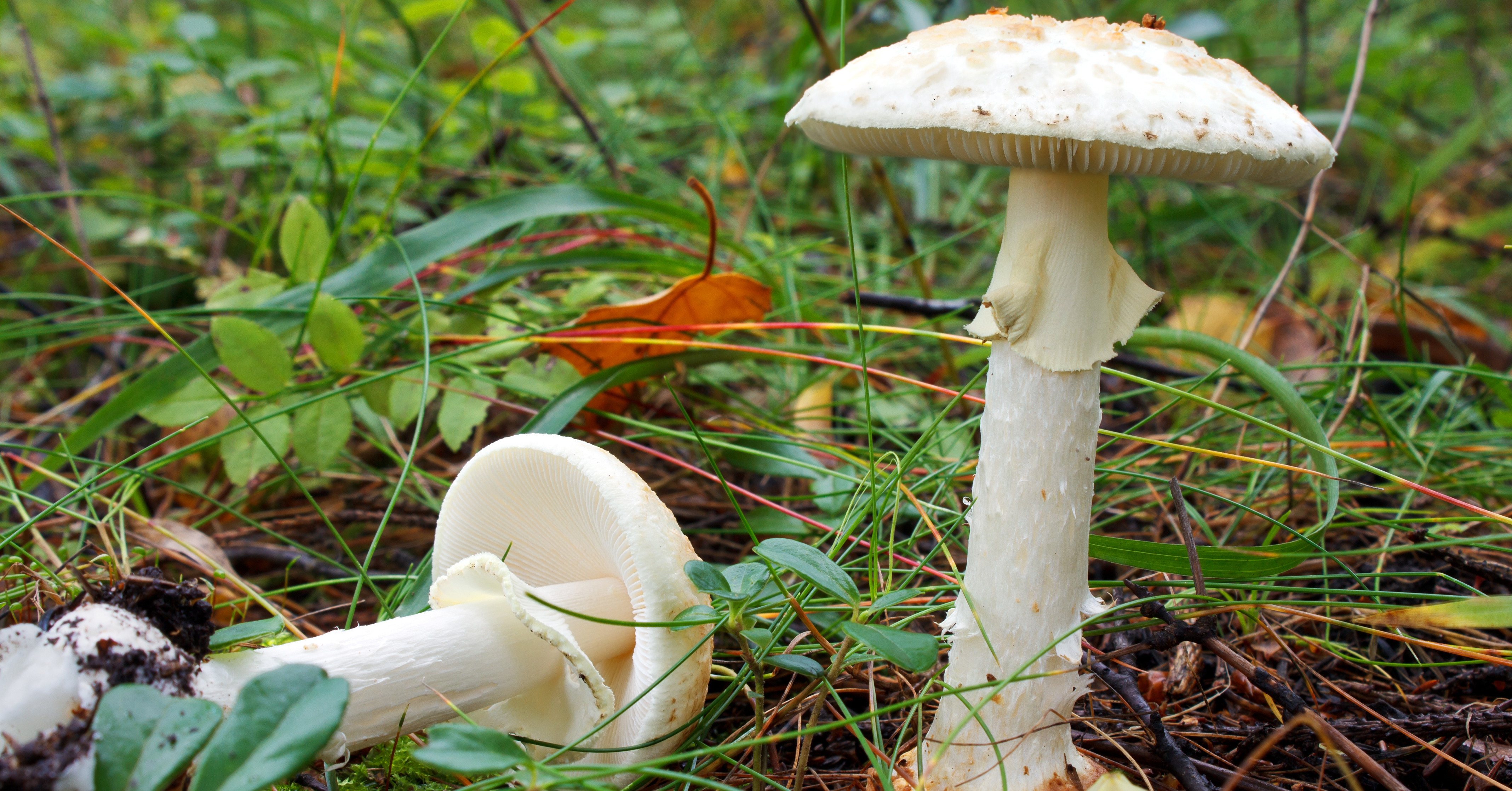
Another Amanita species with a foreboding name, Destroying Angel earns its title easily. This Amanita is the number one toxic mushroom in North America and is extremely widespread. The all-white cap and stem cause mistaken identity with button and meadow mushrooms.
The Destroying Angel grows from a white volva egg-like sac (like all Amanitas), has gills, and a tall, slender stem. Stems average 3-8 inches long, causing it to stand out in the forest like an all-white apparition. None of the common lookalikes get this tall. The volva sac is another key identification feature; if unsure, check the base where the mushroom is growing.
Destroying Angels grow near meadow edges in relationship with specific trees. Within 5-24 hours of ingesting the Destroying Angel, vomiting, diarrhea, delirium, and possibly convulsions occur. Shortly after, the liver and kidney fail and may lead to death.
Funeral Bell (Galerina marginata)
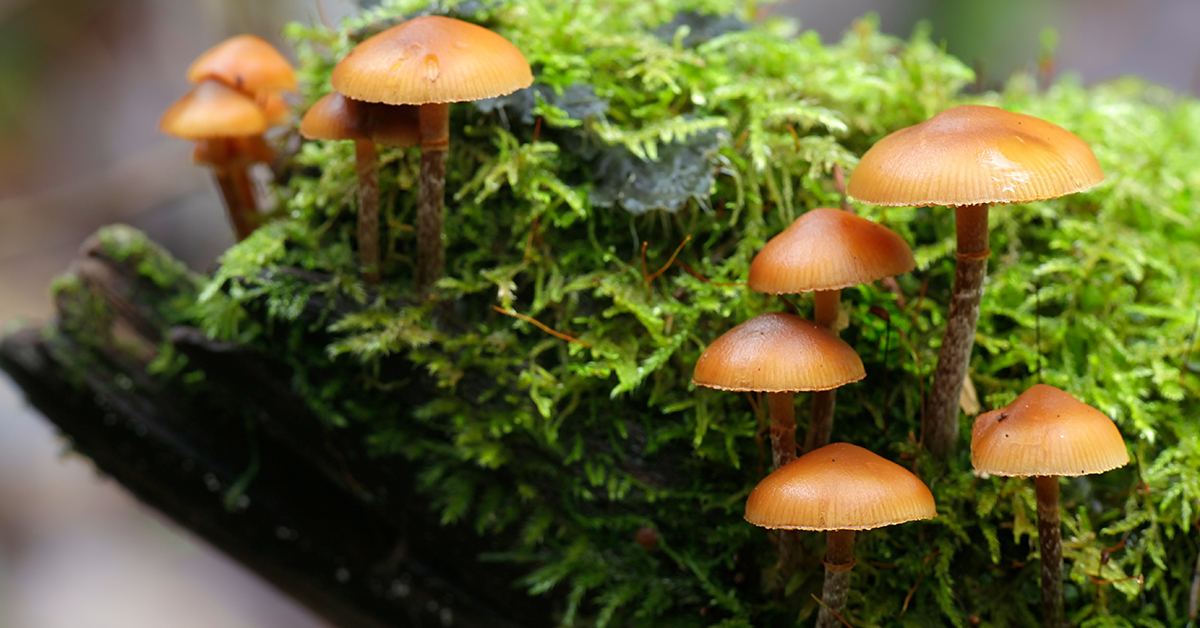
Also colloquially known as the deadly skullcap, Galerina marginata is a mushroom that demands respect. It contains the same toxin as the Death Cap and will cause severe liver damage and possible death if not treated.
The Funeral Bell looks innocuous, and most poisonings are from mistaken identification. It is a “little brown mushroom” that slightly resembles several edible species, including the widespread Sheathed Woodtuft (K.mutabilis). But, more pointedly, it is similar in appearance to a hallucinogenic Psilocybe fungus, and recent poisonings are the result of collectors seeking the magic mushrooms.
Funeral Bells grow on rotting wood, preferring conifer species, but not limited to them. They are found across North America, Asia, Australia, and Europe. Nondescript, as far as mushrooms go, the Funeral Bell features a cone-shaped brown cap, light brown gills, and a tan to rusty-brown stem. A key distinguishing feature is a membranous ring around the upper part of the stem.
This mushroom is known to cause several fatalities in North America and Europe. Some of those poisonings were attributed to other Galerina species, but recent scientific analysis grouped all those others under Galerina marginata.
Pholiotina rugosa (previously Conocybe filaris)
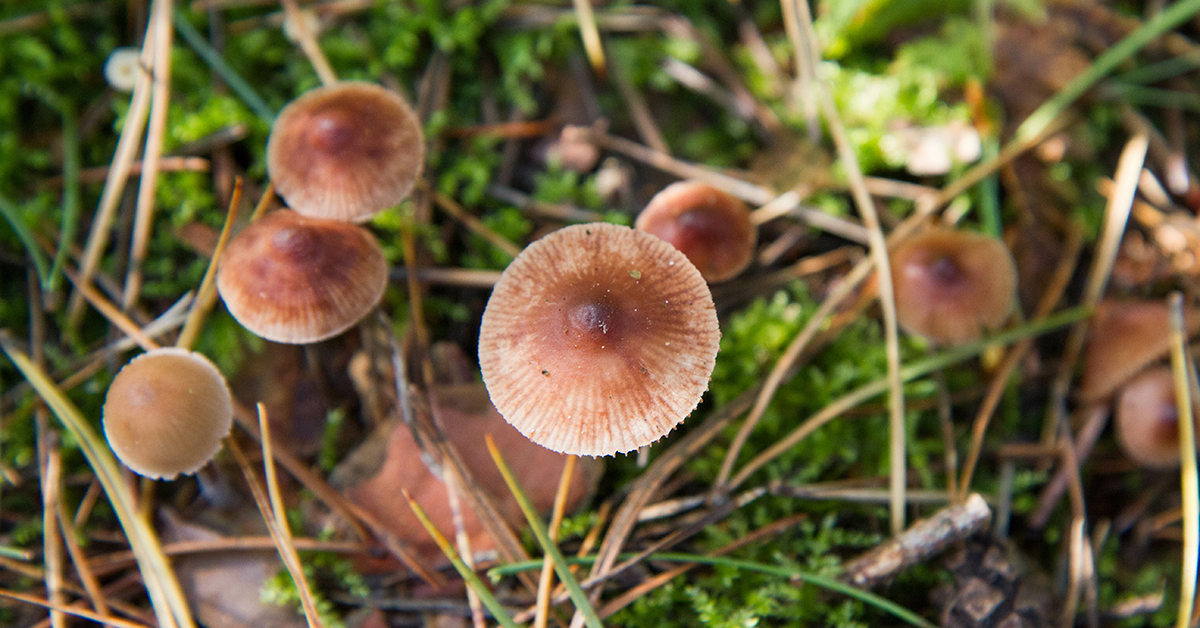
A common lawn mushroom prevalent in the Pacific Northwest and around Europe and Asia, P.rugosa is rapidly increasing its range. This deadly fungus contains amatoxins, which destroy the liver and can cause death. Like the Funeral Bell fungi, P.rugosa resembles a popular hallucinogenic mushroom and is collected under mistaken identity.
Pholiotina rugosa is slender, petite, and rather innocent-looking. The cap is smooth, brown, and conical, with rusty brown gills underneath. Its stem is also brown and has a distinctive and prominent ring around the middle; this is a key identification feature.
This deadly mushroom isn’t picky about habitat. It will grow on the lawn, soil, compost, and woodchips. P.rugosa is easily transported to new locations with woodchip and compost deliveries and adapts to new environments with little trouble.
A poisoning by P.rugosa starts of as gastrointestinal distress, which occurs within 6-24 hours after consumption. It is easy to overlook the illness as the stomach flu or food poisoning, leading to many misdiagnoses. The symptoms sometimes dissipate for a little while but then reoccur more intensely, along with kidney and liver failure.
Fool’s Funnel (Clitocybe rivulosa)

By Andreas Kunze; - Own work; CC BY-SA 3.0, Link
The Fool’s Funnel rarely causes death, but ingestion of this toxic mushroom will leave you seriously hurting. This mushroom contains high levels of muscarine which act as a nerve agent when ingested. Within 15 minutes of consumption, it causes extreme sweating, drooling, and tear production (hence its other common name, the Sweating Mushroom).
Large doses of the Fool’s Funnel cause abdominal pain, gastrointestinal distress, and possibly respiratory failure. After consumption, the general malaise usually lasts a couple of hours, then subsides.
Fool’s Funnel grows across North America in meadows, lawns, and any grassy area from summer into autumn. It often grows in fairy rings, and accidental consumption by children or pets is a big concern.
These toxic mushrooms are small, white, and benign-looking. The caps are white and funnel-shaped, with crowded white gills underneath. Fool’s Funnel stems are also white and bear no distinctive markings.
